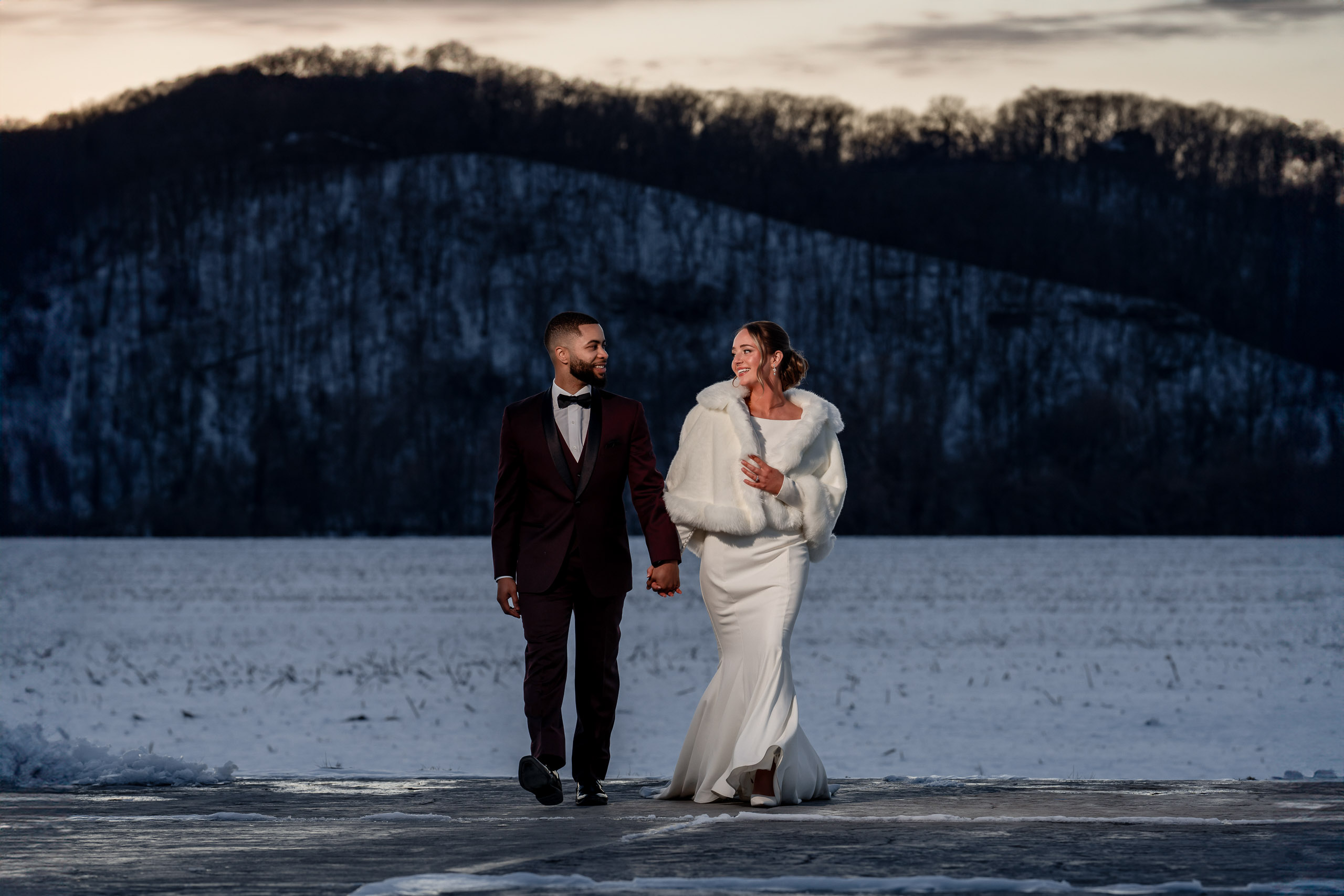
When planning your dream wedding, few couples think about how something as simple as Daylight Savings Time (DST) can impact their big day. But believe it or not, this seemingly minor shift in time can throw off your timeline, affect your photography, and ultimately change the feel of your wedding day.
So, what exactly does this mean for you? Let’s break it down, especially when it comes to one of the most crucial aspects—your wedding photography.
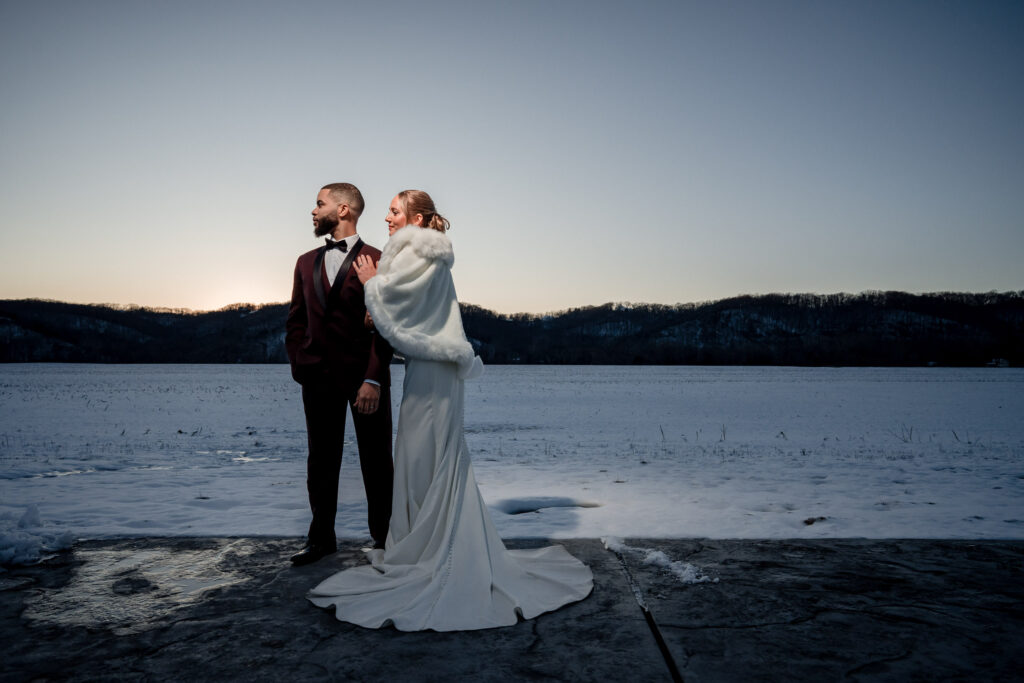
The Time Shift: More Than Just an Hour
Daylight Savings Time typically happens twice a year—springing forward in March and falling back in November. If your wedding lands close to either of these dates, you could find yourself dealing with lighting changes that affect everything from your ceremony to those magical golden hour photos.
Spring Forward (March): Your ceremony could be bathed in brighter, more intense sunlight than you had imagined, especially if you were counting on a softer, more romantic ambiance. Since sunset occurs later in the day, you’ll need to adjust your timeline to make sure your photos are taken at just the right moment.
Fall Back (November): This is where things get tricky. Suddenly, it’s dark an hour earlier than expected, and your outdoor photos might be left in the literal dark. You’ll have to either move your timeline up or be prepared for artificial lighting during your photo sessions (Something I have specialized in).

Pain Points: How Daylight Savings Time Affects Your Wedding Timeline
1. Rushed or Overly Relaxed Timelines Planning around DST often requires adjusting your entire wedding day timeline, especially when it comes to photography. With “spring forward,” the sun sets later, which could push your photo sessions into less optimal times. You might feel rushed to fit everything in before the sun gets too harsh for flattering photos.
On the other hand, with “fall back,” you may find yourself needing to rush earlier in the day to capture outdoor moments before darkness creeps in. If your ceremony is later in the afternoon, your timeline could feel overly cramped.
2. Missing Out on Golden Hour Golden hour—the dreamy, soft light that occurs right before sunset—is every photographer’s best friend. But with DST, this golden window shifts. In the fall, your ceremony might run into the evening, which means you could completely miss out on these stunning shots unless you’re willing to reorganize your schedule.
3. Unpredictable Weather and Lighting Daylight Savings doesn’t just change the time; it can affect how the weather behaves too. A spring wedding might have longer daylight hours, but it could also come with unpredictable weather, especially earlier in the season. Overcast skies or sudden rain can make natural lighting tricky, forcing photographers to pivot quickly and rely on artificial lighting, which may not be what you envisioned.

Solutions: How to Work Around Daylight Savings Time
1. Adjust Your Timeline Early Talk to your wedding planner and photographer as early as possible if your wedding date is close to a time change. Ensure your ceremony, cocktail hour, and photo sessions are scheduled at times that optimize natural lighting.
If you’re planning a fall wedding and want golden hour shots, consider bumping up your ceremony to an earlier time or scheduling an exclusive golden hour shoot after the ceremony but before the reception.
2. Plan for Artificial Lighting If moving your timeline isn’t an option, consider investing in good artificial lighting for your photos. Photographers can use flash and ambient lighting to create stunning images that mimic natural light—even after the sun has set.
3. Choose the Right Photographer Not every photographer is adept at working with artificial light or the challenges that come with DST. When selecting a photographer, ask about their experience with lighting challenges and how they handle situations where daylight is scarce.
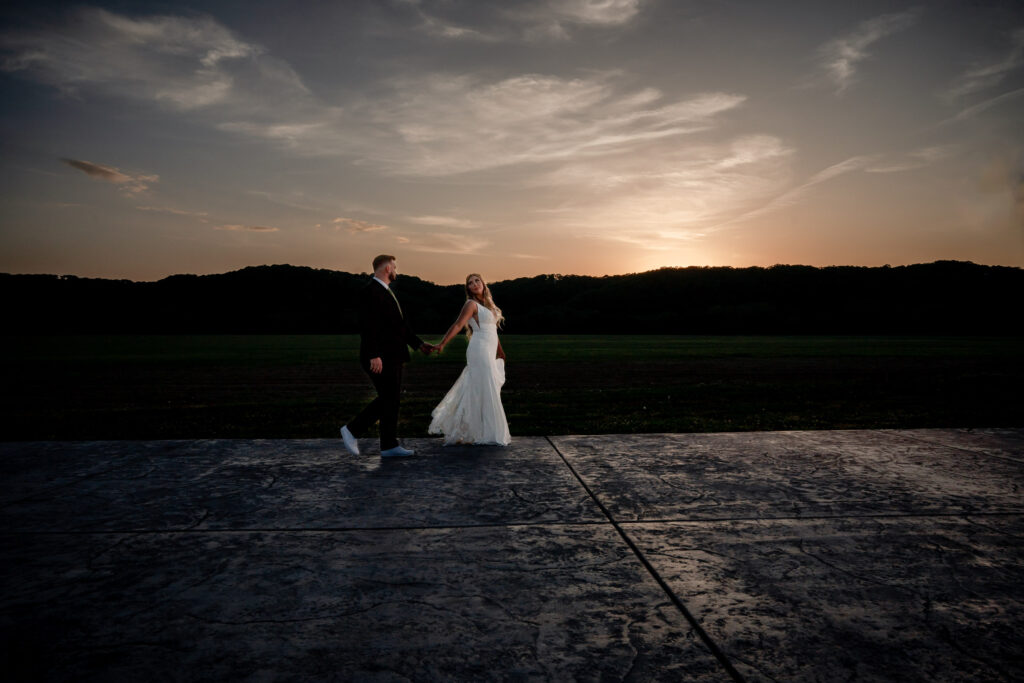
The Photography Side: Capturing Moments Despite Time Changes
Natural Light is King For most wedding photographers, natural light is the ideal tool to capture soft, romantic, and authentic moments. However, when DST shifts your timeline, you may find that the time you were expecting for photos doesn’t offer the same golden glow. That’s why it’s crucial to plan ahead and discuss with your photographer the best time for each photo session.
First Look to Save the Day Many couples opt for a “first look” to capture those intimate pre-ceremony moments. Not only does this give you a special, private moment with your partner, but it also allows your photographer to take advantage of the available light, especially if sunset will happen earlier due to DST.
By planning a first look, you get more flexibility in your timeline and ensure those important couple photos are taken while the light is still ideal.
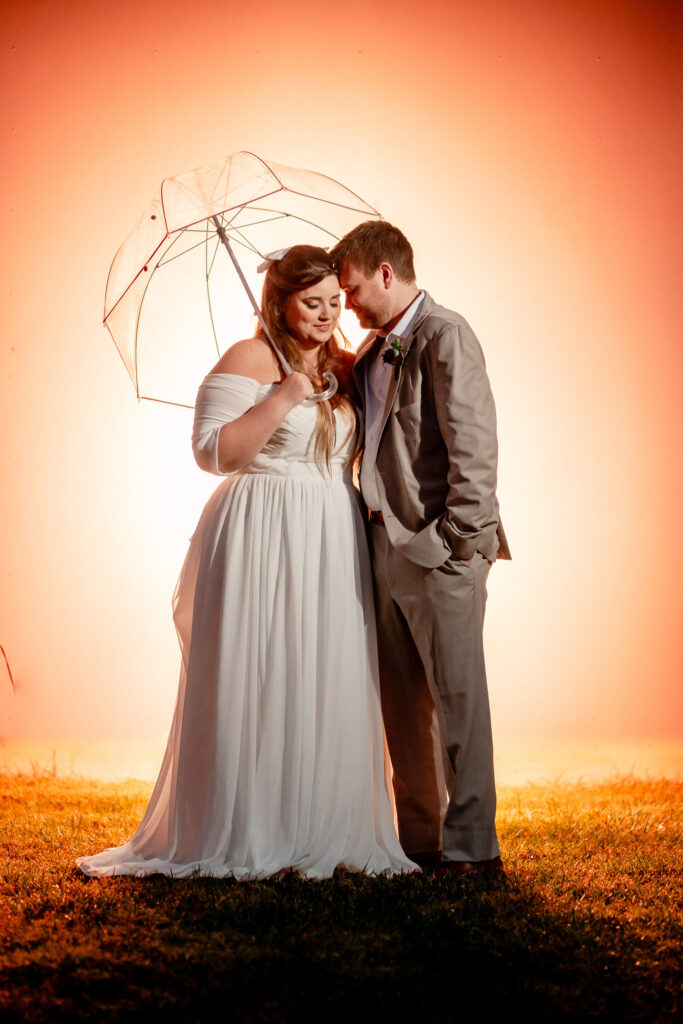
Additional Tips for Couples:
1. Understand the Importance of Flexibility No matter how much you plan, weddings rarely follow a strict schedule, especially when factors like DST are at play. Make room for flexibility in your timeline and trust your photographer to adjust on the fly if needed.
2. Communicate with Vendors Make sure your entire vendor team—from your florist to your DJ—knows about any timeline changes caused by DST. This ensures a seamless transition between events and gives your photographer more time to set up for optimal lighting.
3. Incorporate Indoor or Evening Photos If your wedding is scheduled to run into the evening, embrace the night! Consider doing some indoor photos, or even some creative evening shots with sparklers, lanterns, or city lights. These types of photos can add an extra layer of uniqueness to your wedding album, creating memories that are not bound by daylight hours.
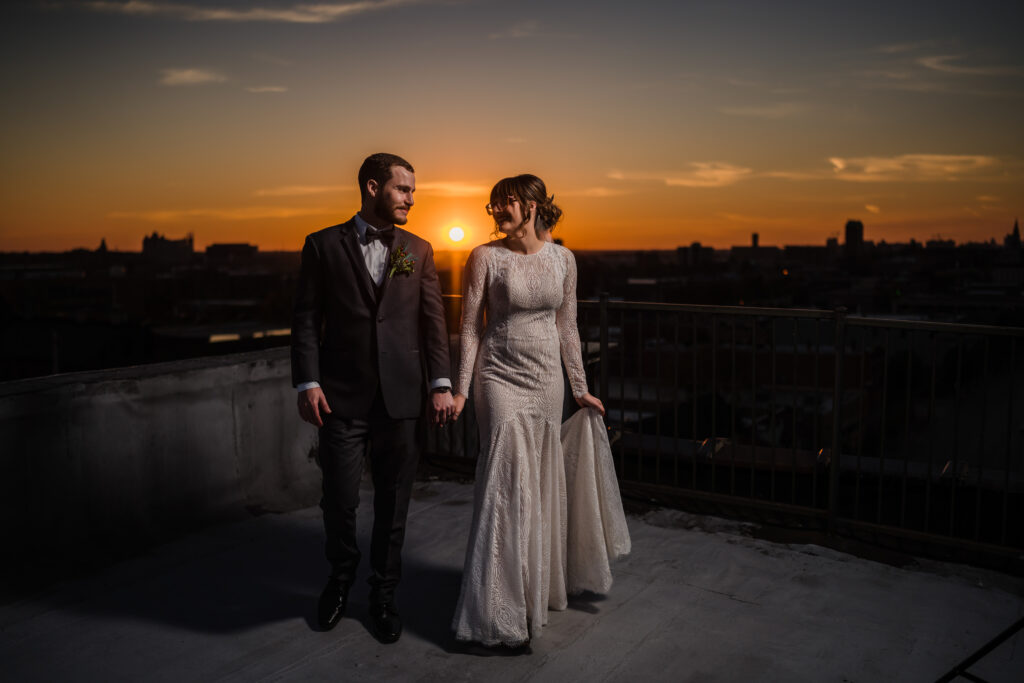
Final Thoughts
Daylight Savings Time is more than just a clock adjustment—it’s an important factor to consider when planning your wedding, especially when it comes to photography. Whether you’re springing forward or falling back, understanding how DST affects your timeline and lighting can help you make informed decisions that will lead to stunning photos and a smooth, unforgettable day.
Planning ahead and staying flexible are the keys to ensuring that Daylight Savings Time works in your favor, not against it. By partnering with an experienced photographer and making smart adjustments to your schedule, you can capture every magical moment, no matter when the sun sets.
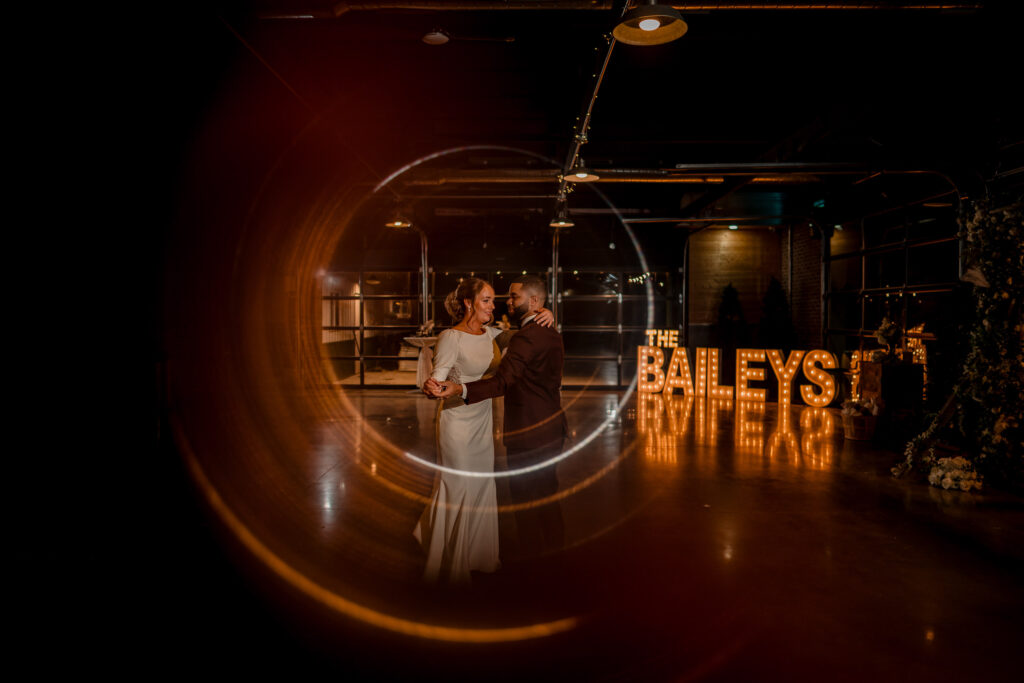
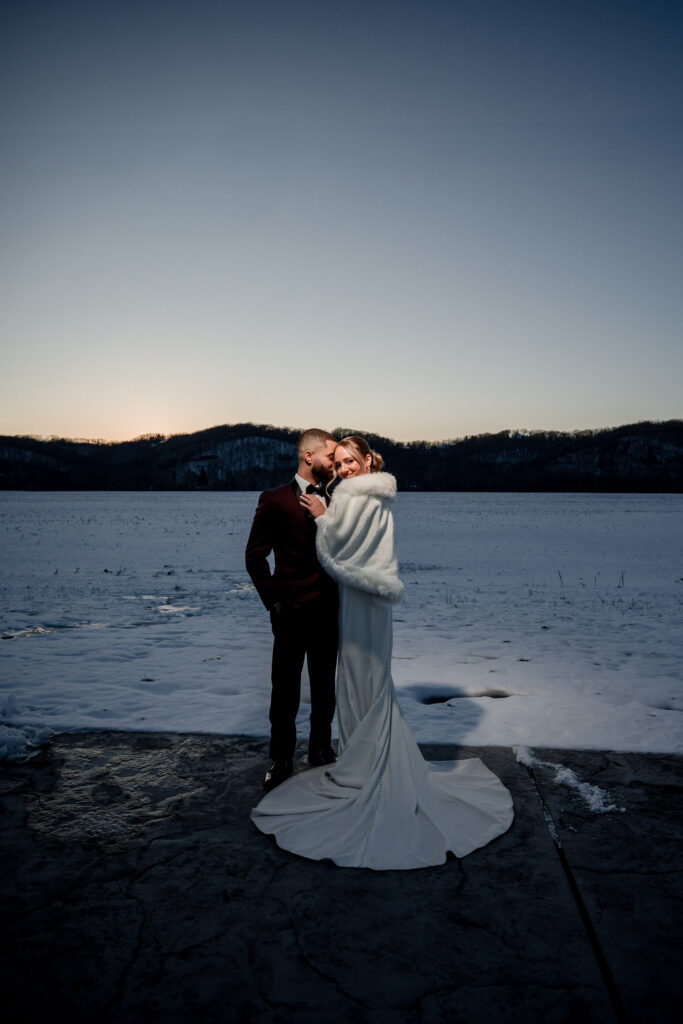
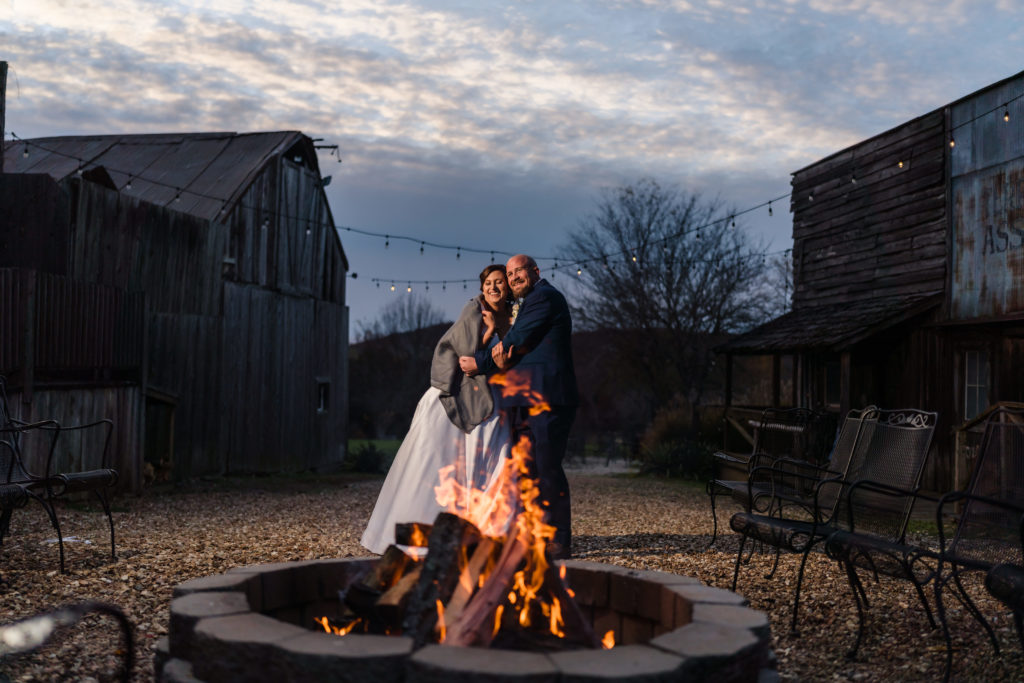
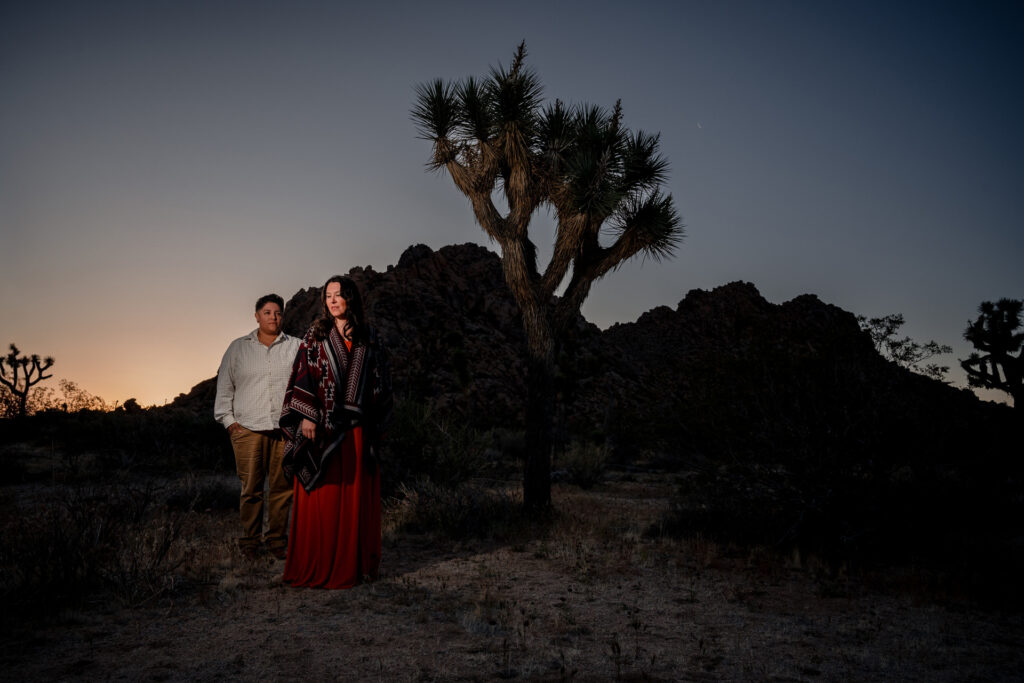
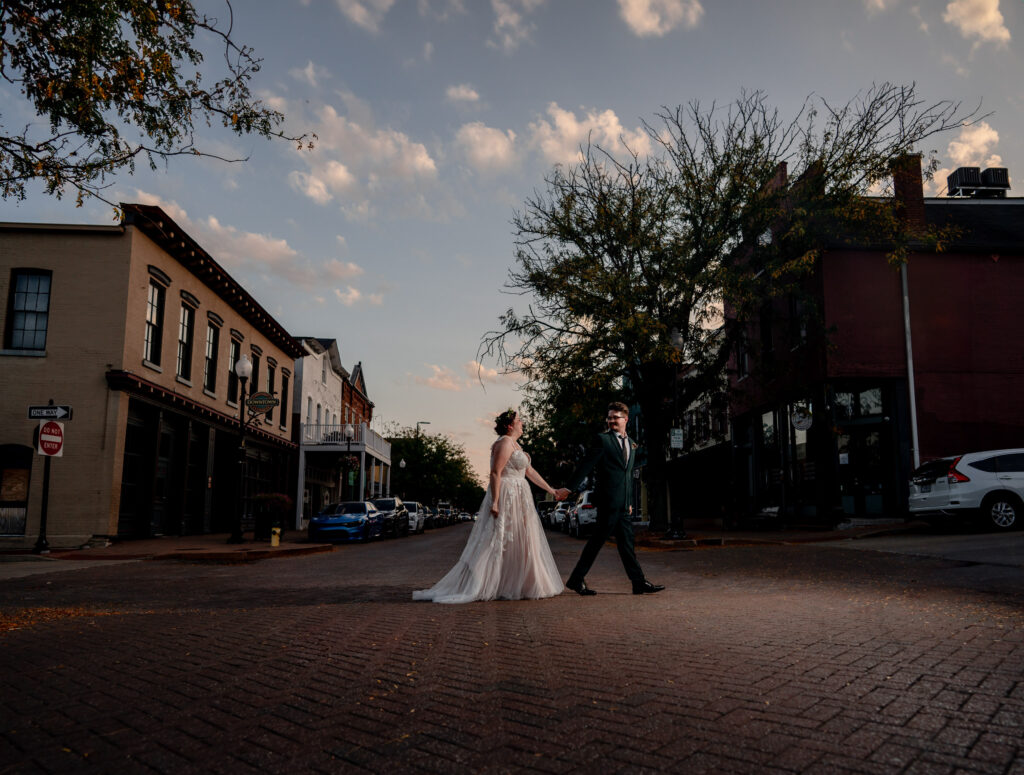

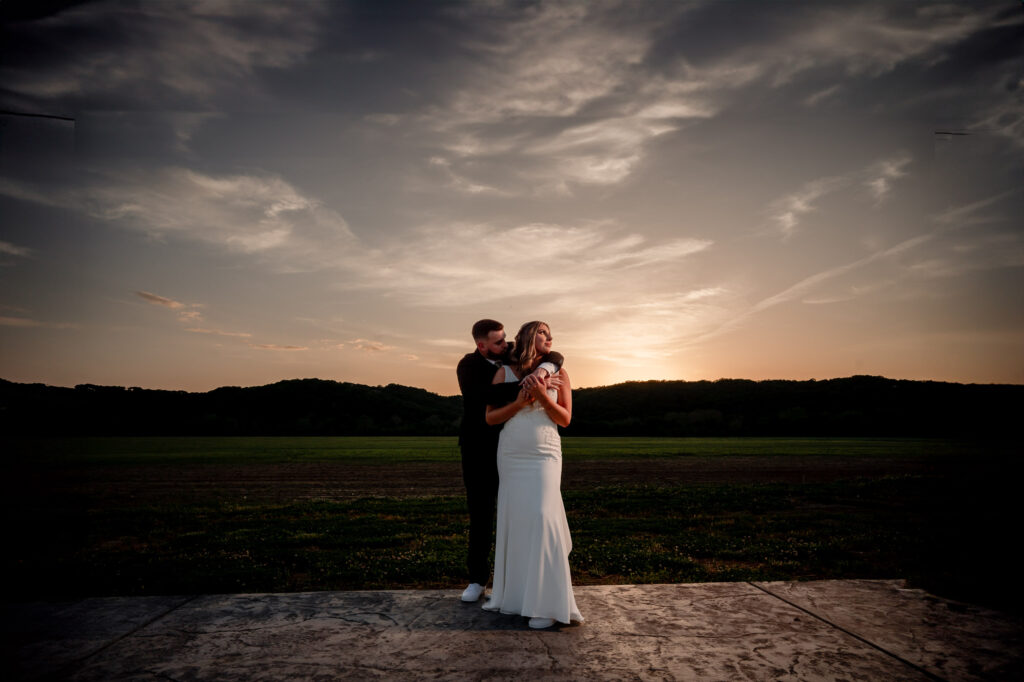
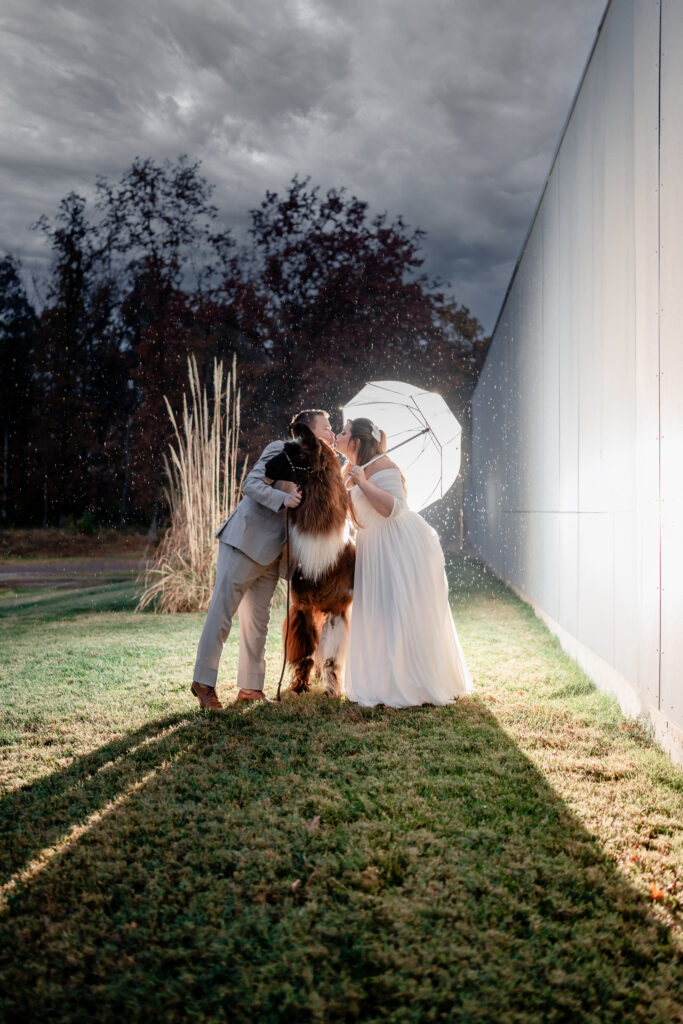
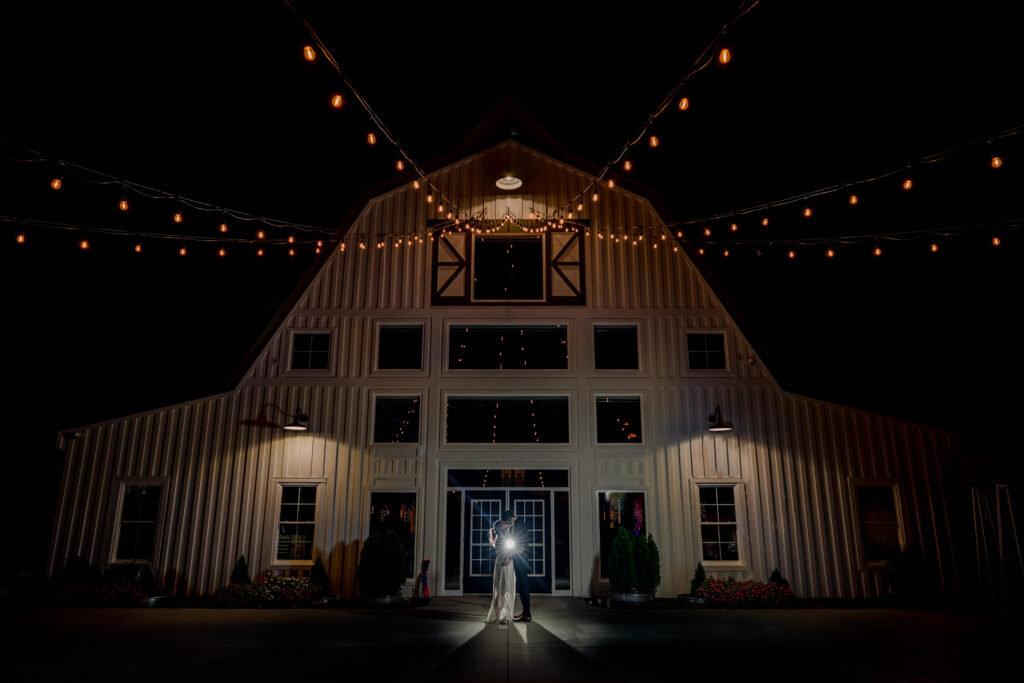
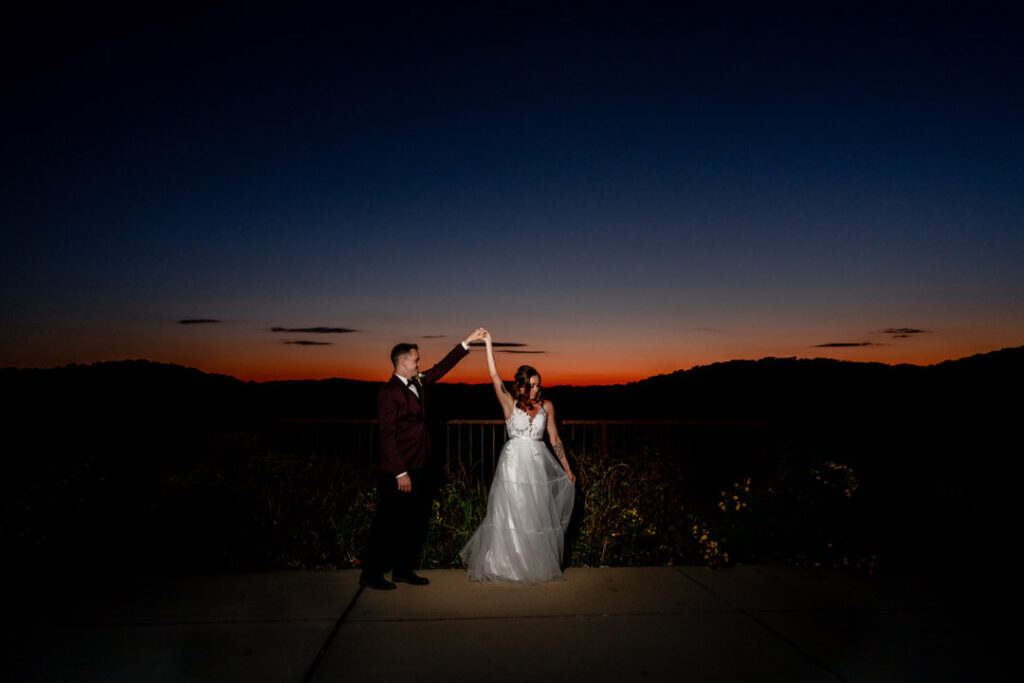

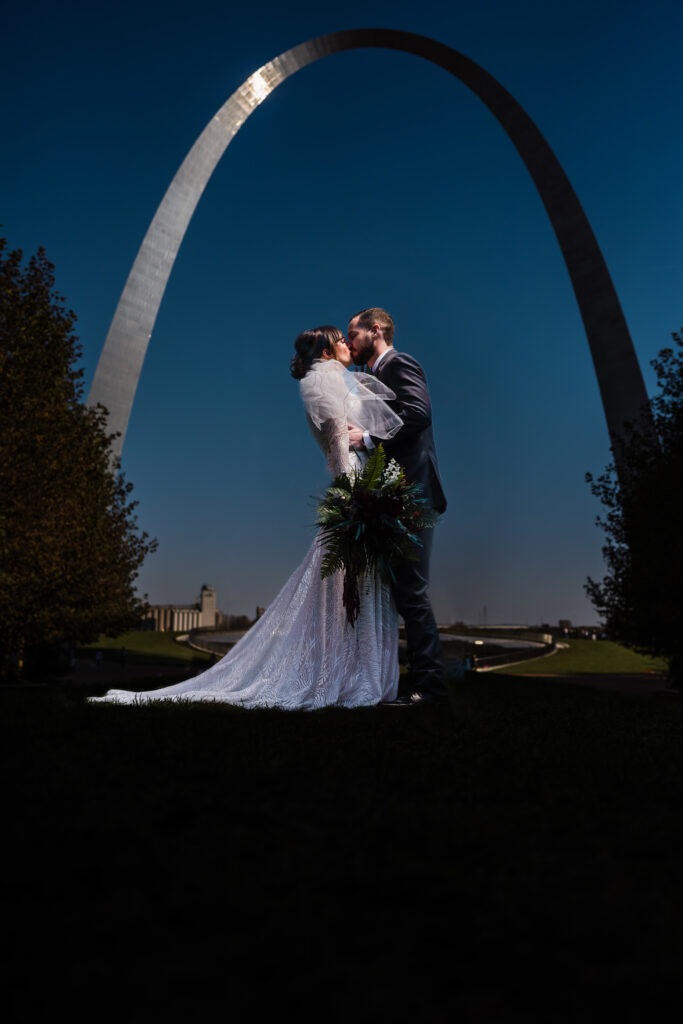
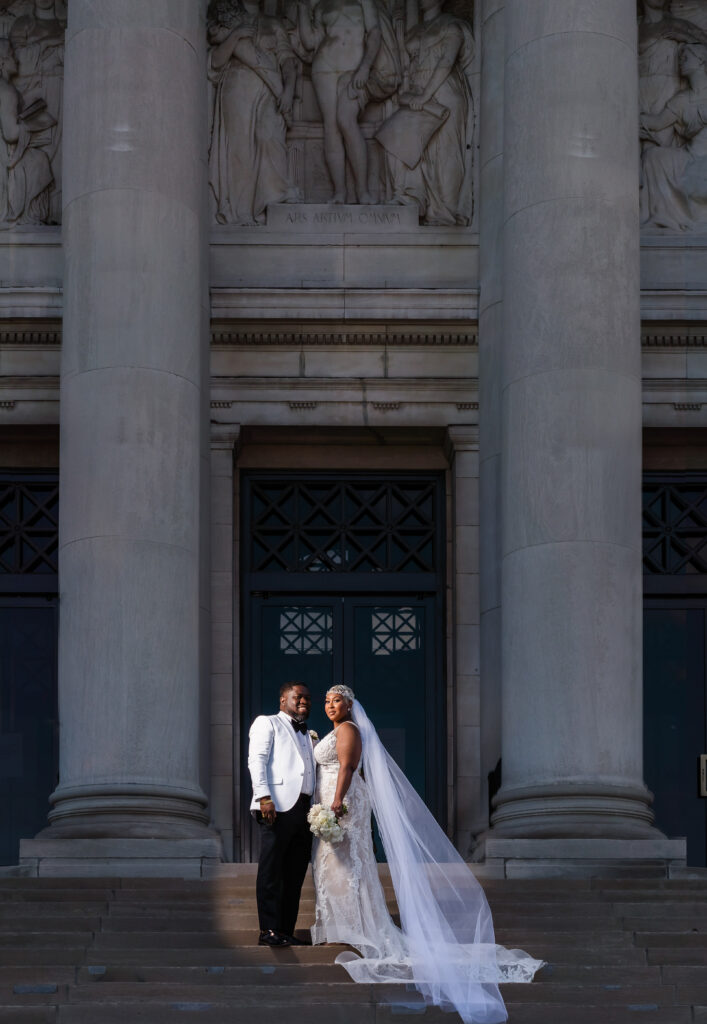
How Daylight Savings Time Can Affect Your Wedding and Photography: What Every Couple Needs to Know
Looking for a wedding photographer who understands the importance of capturing every detail, every emotion, and every precious moment?
Contact Us today to schedule a consultation and start planning the perfect photography experience for your wedding.
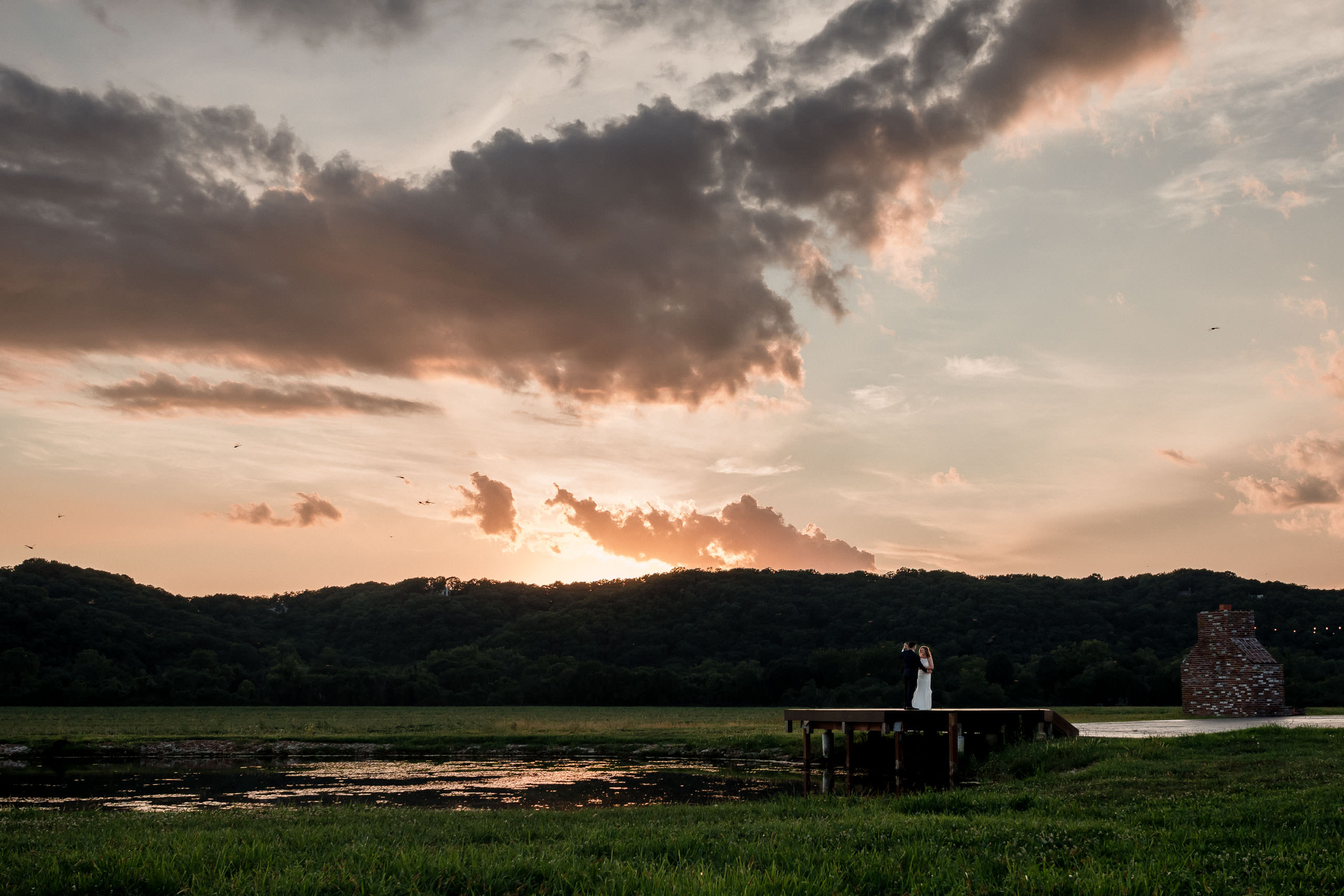
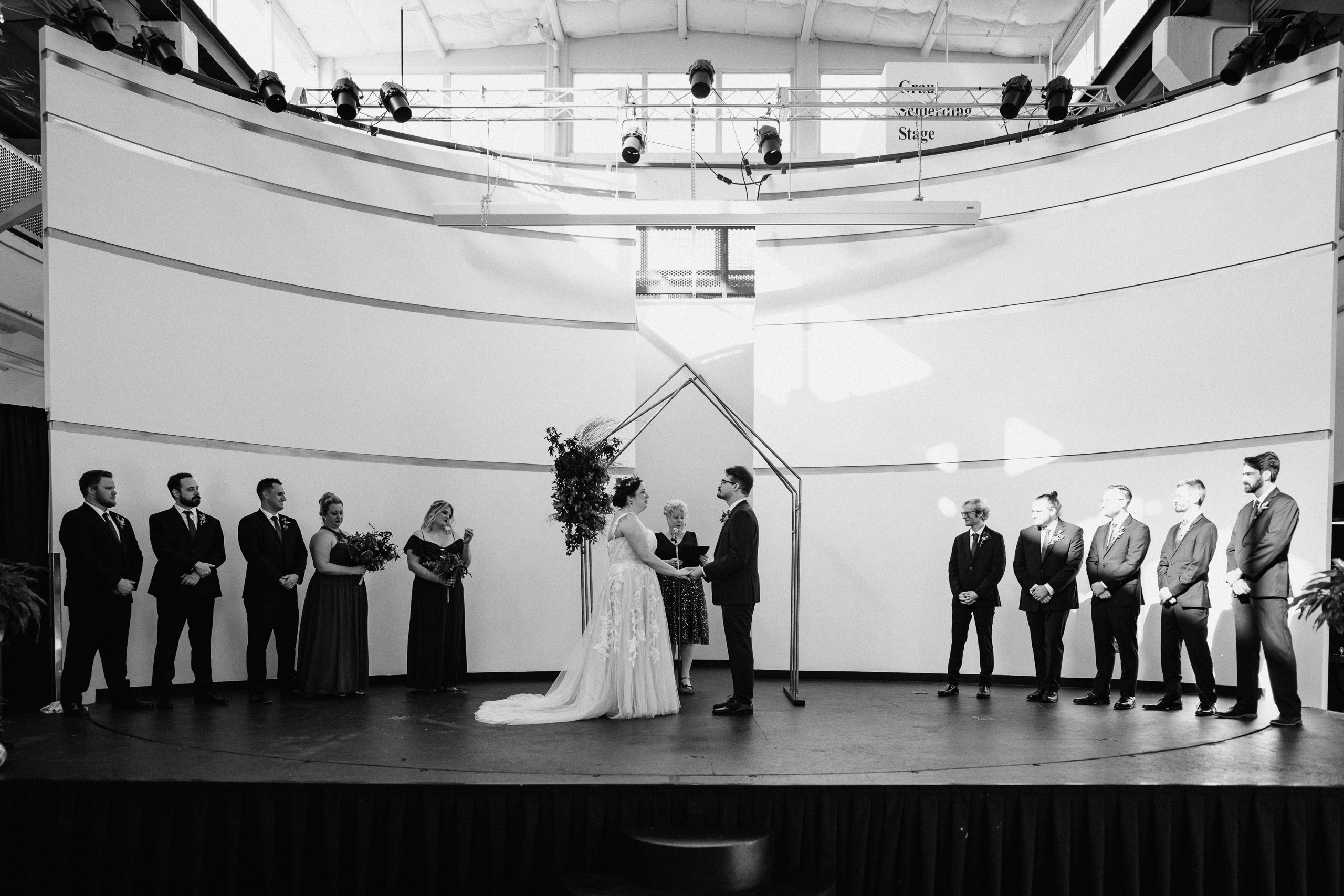
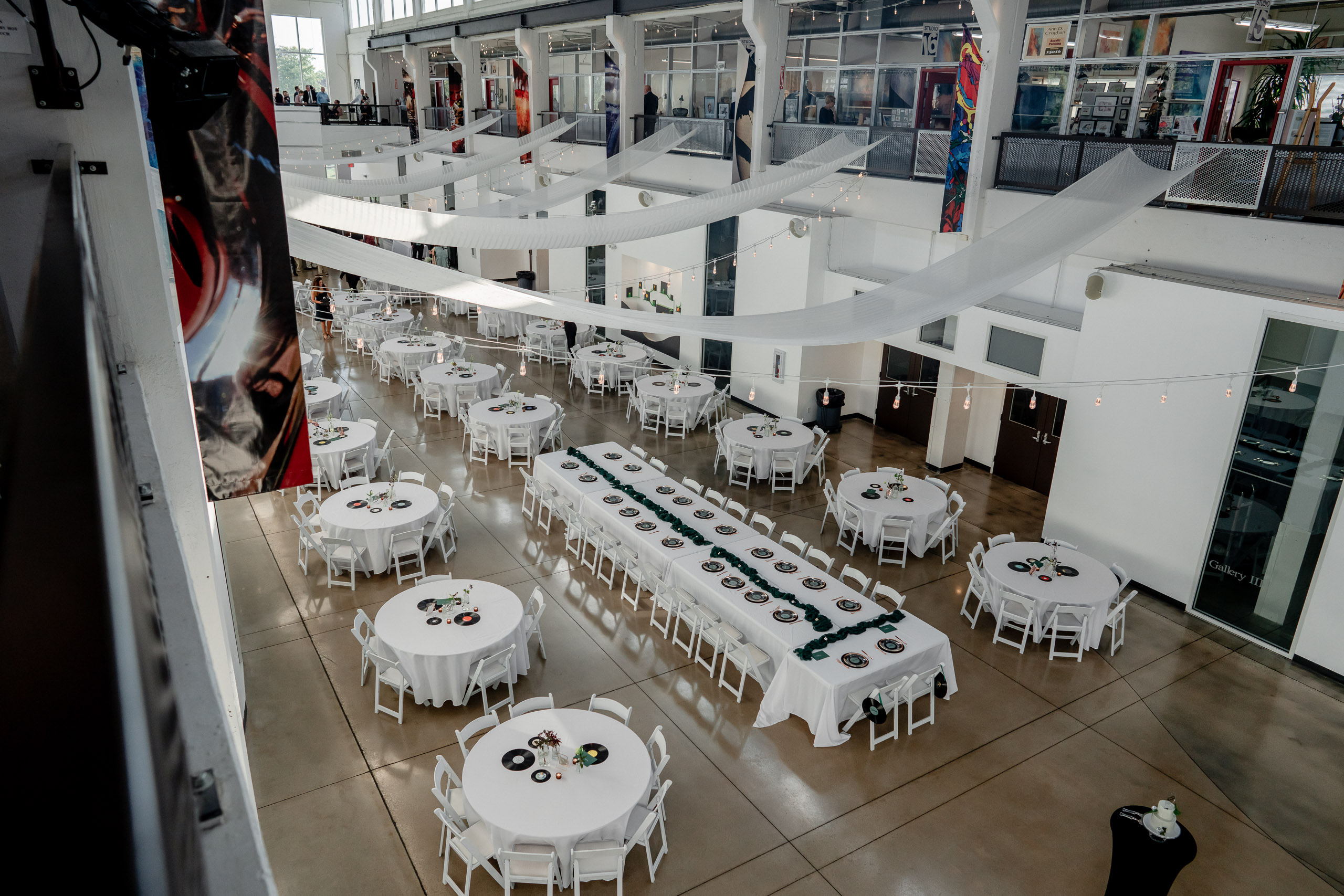
Your blog is a treasure trove of valuable insights and thought-provoking commentary. Your dedication to your craft is evident in every word you write. Keep up the fantastic work!
Thank you! It is a lot of work, and I am doing my best.
Your blog is a testament to your dedication to your craft. Your commitment to excellence is evident in every aspect of your writing. Thank you for being such a positive influence in the online community.